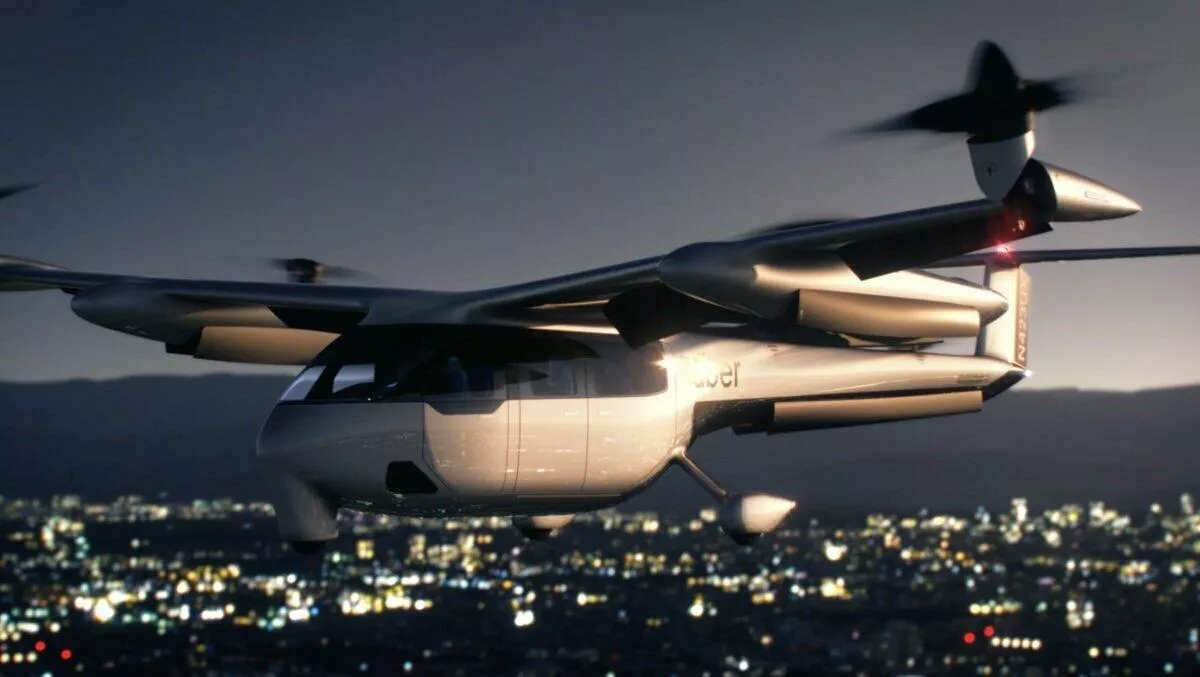
Air taxis won't be coming any time soon, says report
E-air taxis aren't likely to reach mass adoption anytime soon, because those providing the services aren't likely to get the technologies right for at least another 10 years.
That's the bleak outlook reflected in a report by L.E.K. Consulting, which is a global management consulting firm that challenges claims by the likes of Uber, Airbus and Lilium that air taxis will fully operational in the next few years. Uber alone claims it will launch air taxis in Melbourne by 2023.
The report defines e-air taxis as ridesharing services provided in small, eVTOL aircraft, both piloted and autonomous.
"Urban air mobility" relates to the safe and efficient operation of both passenger-carrying and non-passenger-carrying (e.g., drones) aircraft systems in a metropolitan area.
"Whilst Uber's piloted commercial launch plans may seem aggressive at first glance, they are operationally and technically feasible, and are very much in line with the likes of other industry participants Lilium and Airbus," comments the report's author, George Woods.
"Delivering a fully autonomous solution, however, will take several years and will be contingent on millions of incident-free flying kilometres to match the safety standards of other passenger aircraft.
According to the report, there are seven areas that are delaying full-autonomous services like e-air taxis. They include public acceptance, cost, infrastructure, passenger loads and turnarounds.
Public acceptance – Trust in any technology is critical to scalability. We expect early adopters being willing to try electric vertical takeoff and landing aircraft while early flights are piloted. However, with scale, a fully autonomous solution will be needed — and when autonomous aircraft are introduced, considerable work will be needed to drive customer acceptance.
Infrastructure – Current infrastructure is unlikely to be able to accommodate urban air mobility at scale. Achieving the 4,000-passengers-per-hour throughput required will need custom-built, large-scale infrastructure. While technically feasible, these structures would require prime real estate in densely populated urban environments.
Technological challenges – like heavy batteries and noise.
Pilot availability – a shortage of pilots and operators could delay the rollout.
Cost – With scale manufacturing techniques, autonomy and pool usage, Uber says aerial taxis could be cheaper than car ownership today, at $0.44 per passenger mile. L.E.K.'s analysis broadly aligns with these cost estimates. However, to meet these projections, it is necessary to assume a heavily utilised model at scale, with minimal infrastructure investment.
Cost also brings other issues into play, like how to price services. The report says there are four aspects to pricing:
– Maximising utilisation by minimising turnaround times (i.e., maximum turnaround time at c.8-10 minutes).
– Ensuring high load factors through ridesharing and retaining an average passenger capacity per trip of at least c.2-2.5 passengers.
– Minimising fixed network costs by using existing infrastructure and attractive other investors to keep initial capital costs below c.$5 million-$10 million per skyport (i.e., takeoff and landing zone).
– Ensuring efficient vehicle manufacture by keeping vehicle costs within the range of $1 million-$2.5 million.
The report concludes that although the technology won't be ready in the next few years, the world will eventually get it right.
"The Jetsons are not as far-fetched in this area as you may think. These issues are very likely to be resolved well before 2062," it concludes.
Statements are taken from L.E.K. Consulting's Aerial Ride-Sharing Within the Next 5 Years. Factor Fiction? Executive Insights report.


